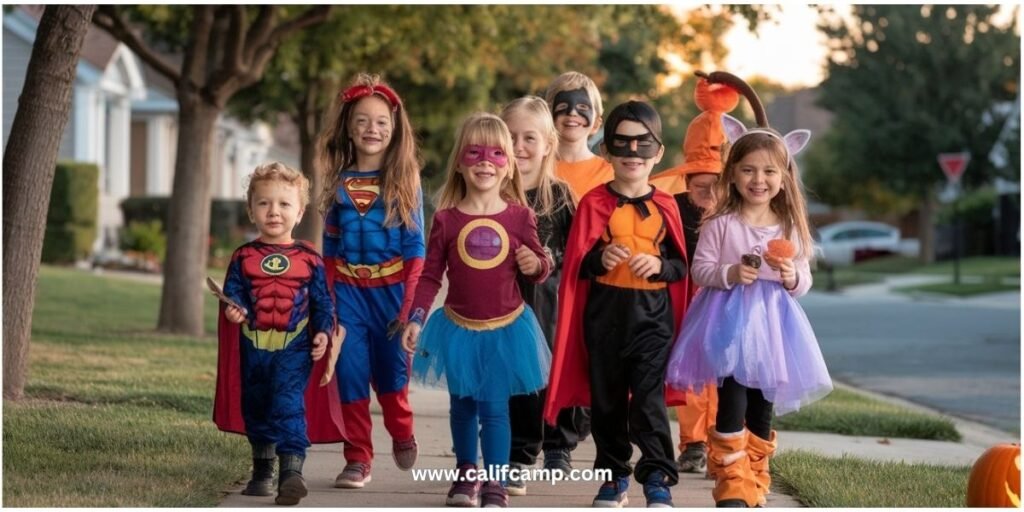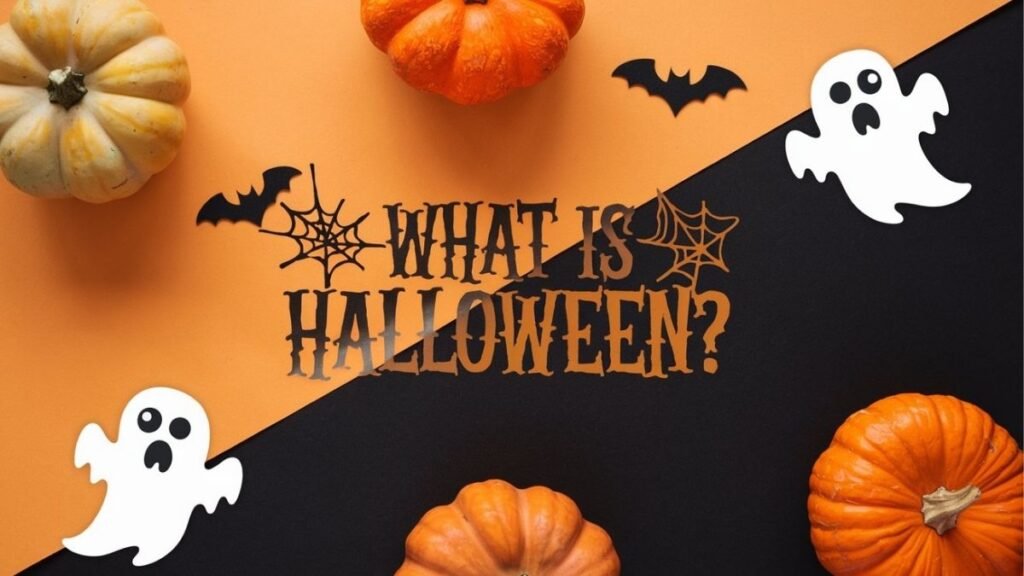Halloween, celebrated on October 31, is a vibrant and popular occasion that captivates people of all ages. Known for its spooky decorations, creative costumes, and the delightful tradition of trick-or-treating, Halloween has become a cherished celebration in many cultures, especially in the United States. Its origins, however, stretch back thousands of years to ancient traditions.
The festival finds its roots in the Celtic celebration of Samhain, marking the transition from summer to winter. During this time, the Celts believed that the boundary between the living and the dead was at its thinnest, allowing spirits to roam freely among the living. Over the centuries, Halloween has evolved from these ancient practices into a modern-day festive occasion characterized by community gatherings, themed parties, and an abundance of candy.
In this blog post, we will explore the question, “What is Halloween?” delving into its rich history, cultural significance, and how it has transformed into the holiday we celebrate today.
Table of Contents
The Origins of Halloween
The Celtic Festival of Samhain
The ancient Celtic festival of Samhain marked the end of summer and the beginning of winter. Celebrated from October 31 to November 1, it was believed that during this time, the veil between the living and the dead was thinnest, allowing spirits to roam freely. The Celts held this period sacred, as they thought that the presence of these spirits could influence the upcoming year.
To protect themselves from malevolent spirits, people lit large bonfires and donned costumes, often made from animal skins, to disguise themselves. These traditions served to ward off any wandering spirits that could bring misfortune. The customs of Samhain were rooted deeply in the Celtic belief system and emphasized the connection between the living and the dead, laying the groundwork for many of the practices we associate with Halloween today.

Halloween and All Saints’ Day
The Connection to All Hallows’ Eve
As Christianity spread throughout Europe, the ancient practices of Samhain began to intertwine with new traditions. In the 8th century, the Christian Church established All Saints’ Day on November 1, a day to honor all saints and martyrs. This new holiday coincided with the Samhain festival, and as a result, the evening before became known as All Hallows’ Eve.
Over time, All Hallows’ Eve evolved into Halloween, gradually shedding its somber religious connotations. The blending of the two celebrations contributed to the development of various customs, such as feasting and dressing in costumes, which were intended to commemorate the deceased while simultaneously keeping harmful spirits at bay.
The Evolution of Halloween Traditions in America
From Community Gatherings to Trick-or-Treating
Halloween underwent significant transformation as it made its way to America in the 19th century, evolving from a largely community-oriented celebration into a widely recognized holiday. Early American settlers brought various customs with them, including bonfires and harvest festivals, which gradually blended with other cultural influences.
One of the most notable developments was the rise of trick-or-treating. This playful practice originated in the early 20th century, where children would dress in costumes and visit neighbors to collect food and treats. Over time, it evolved into the tradition we know today, where children knock on doors asking for candy. Alongside this, pumpkin carving became a beloved activity, with families creating intricate designs on jack-o’-lanterns to decorate their homes.
As Halloween grew in popularity, commercialization took hold. By the mid-20th century, stores began to offer a wide array of costumes, decorations, and candy, leading to a shift towards more elaborate celebrations involving parties, haunted houses, and themed events. This commercialization has turned Halloween into a multi-billion dollar industry, further solidifying its place as a staple of American culture.
Popular Halloween Activities Today
Costumes, Parties, and Candy
Today, Halloween is a festive occasion marked by a variety of popular activities that draw people of all ages into the celebration. Costumes play a central role, with individuals opting for everything from traditional spooky attire to creative interpretations of pop culture characters. This diversity allows participants to express their creativity and individuality.
Community events have also become increasingly popular, with Halloween parties hosted in homes, schools, and local venues. These gatherings often feature games, themed decorations, and costume contests, further enhancing the celebratory atmosphere.
The tradition of candy giveaways remains a cornerstone of Halloween, as children eagerly anticipate the opportunity to collect treats from neighbors. Homes are often adorned with decorations, signaling their participation in the festivities. This spirit of sharing and community involvement continues to make Halloween a cherished holiday for families and friends alike.

Cultural Impact of Halloween Around the World
Halloween’s Spread Beyond America
While Halloween has its roots in ancient Celtic traditions and has been popularized in America, it has also made its mark globally. Various countries celebrate Halloween or similar festivals, often adapting the traditions to fit their own cultures. For instance, Mexico celebrates Día de los Muertos (Day of the Dead) in early November, honoring deceased loved ones with colorful altars and festive gatherings.
In other parts of the world, Halloween may be celebrated with different names and customs. In Ireland, traditional games and bonfires still play a prominent role, while in Japan, Obon celebrates ancestors with similar reverence. These adaptations showcase the holiday’s ability to transcend borders, blending historical practices with contemporary festivities, creating a rich tapestry of Halloween celebrations worldwide.
Halloween is a fascinating blend of ancient traditions and modern celebrations. From its roots in the Celtic festival of Samhain to the lively customs we enjoy today, Halloween has transformed into a festive occasion characterized by costumes, trick-or-treating, and community gatherings. We encourage you to share your own Halloween traditions or experiences in the comments below! Understanding “What is Halloween?” helps us appreciate the rich history and cultural significance behind this beloved holiday.
Read More Post
How to make homemade Halloween costumes 2024
FAQs
Q: Why is Halloween celebrated on October 31?
Halloween is celebrated on October 31 to align with the ancient Celtic festival of Samhain, which marked the end of the harvest season and the transition into winter. This date was believed to be when the veil between the living and the dead was at its thinnest, allowing spirits to roam freely.
Q: What is the origin of trick-or-treating?
Trick-or-treating evolved from various European traditions, including “souling” and “guising.” During these customs, people would dress up in costumes and go door-to-door receiving food, which eventually morphed into the modern practice of children collecting candy from neighbors on Halloween night.
Q: How did Halloween become popular in America?
Halloween’s popularity in America surged in the 19th century, largely due to the influx of Irish immigrants. They brought their customs and traditions, including Samhain celebrations, which blended with existing American practices, leading to the vibrant and diverse holiday we celebrate today.



